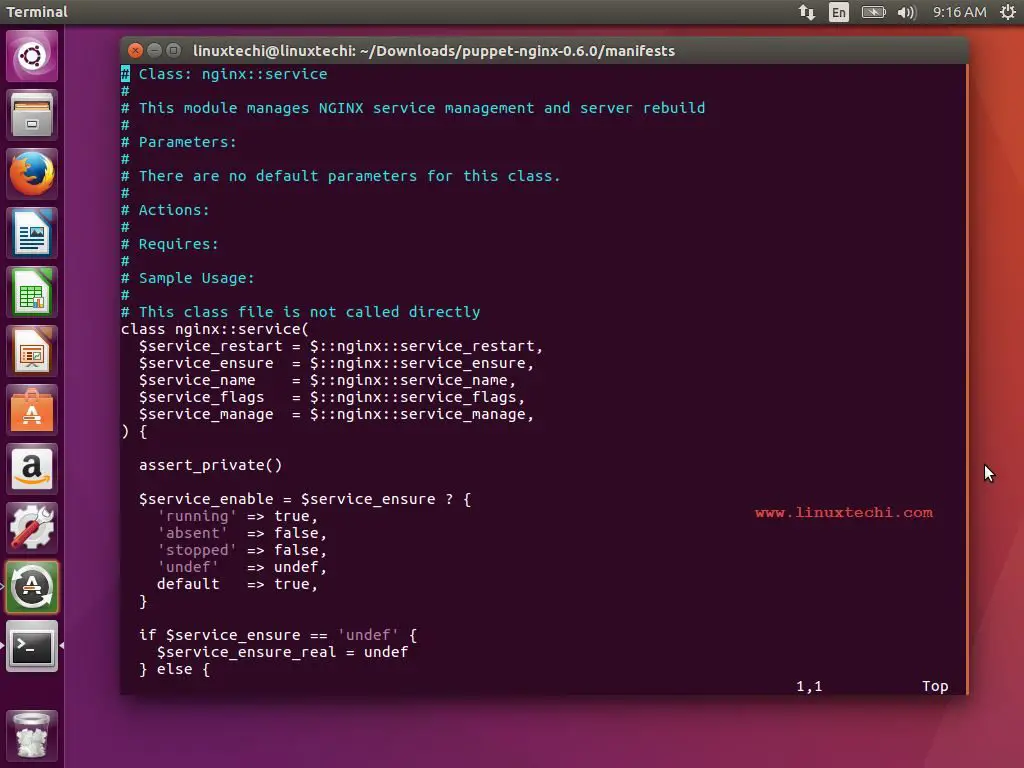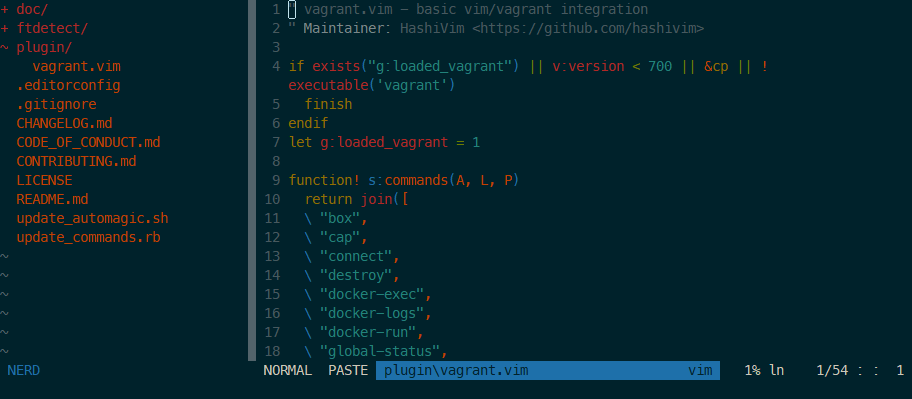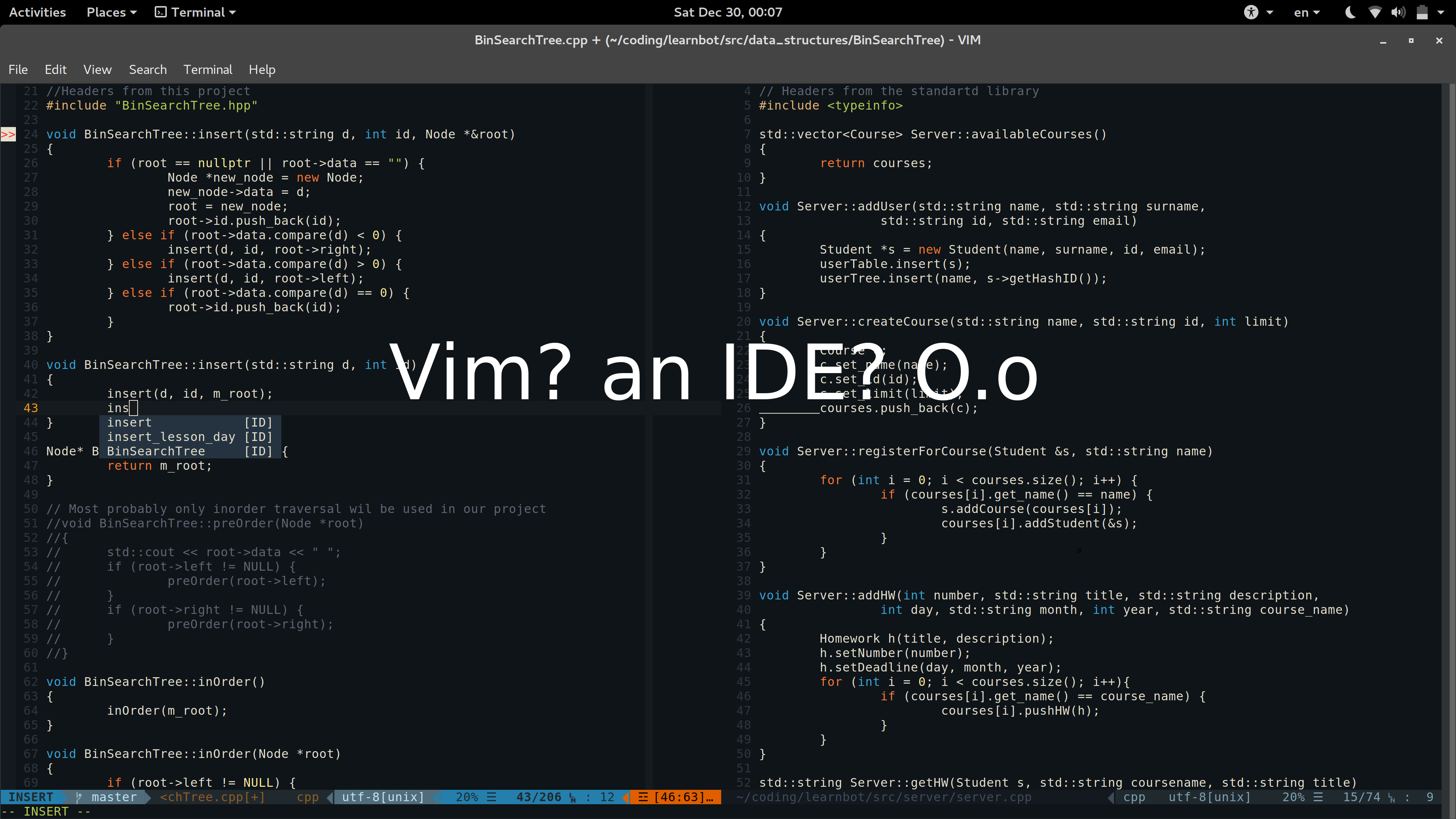

They may not be the most efficient way in vi but will keep you out of trouble. Use CTRL-q to enable.įollowing are the minimal set of commands which will help you operate vi. Mouse and scroll wheel works as expected.ĬTRL-s may disable the terminal window. Have to use one of the many keyboard commands for cursor movement. Mouse and scroll wheel may not work to move the cursor. Shortcuts can be used anytime.Īlways in Insert mode, and shortcuts can be used anytime.įor copy/cut/paste, you can use the local clipboard or the system clipboard.Ĭopy/cut/paste always uses the system clipboard When in Insert mode, you have to press the ESC key before executing a command.Īlways in Insert mode, so no mode switching required. You have to press one of these keys before text gets added to the document.Īlways in Insert mode, so you just keep typing to add text.

Listed below are some conceptual differences. All keys pressed adds text to the document. Insert mode – Standard GUI text editor behavior. – colon commands (where the command is prefixed with : character) It’s empty in Command mode.Ĭommand mode (also called Normal mode) – All keys pressed execute a command rather than adding text to the document. When in Insert mode, the text -INSERT- is displayed. Typically, the bottom left corner indicates the mode. Standard GUI text editors are always in one mode, which is the Insert mode. Vi operates in two modes, Command mode and Insert mode. A way to bridge this gap is to compare and map the two behaviors. There are some conceptual differences that can make it frustrating.

It’s available for Windows too ( If you are wondering as to why you should learn Vi, here are some reasons.įor the uninitiated user of a GUI text editor (Word, Notepad, Notepad++, etc.), it can be a challenge. Vi or Vim (Vi IMproved) is a powerful text editor with origins in UNIX and Linux.


 0 kommentar(er)
0 kommentar(er)
